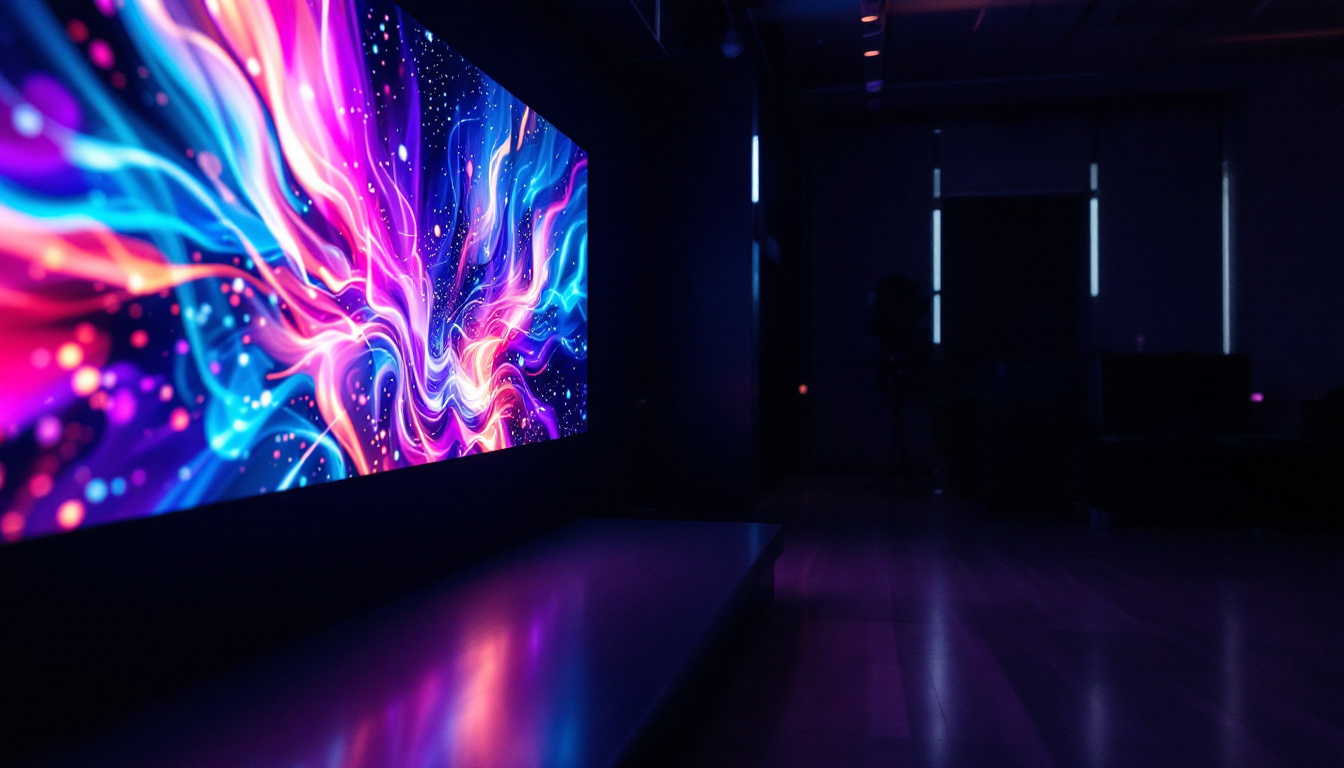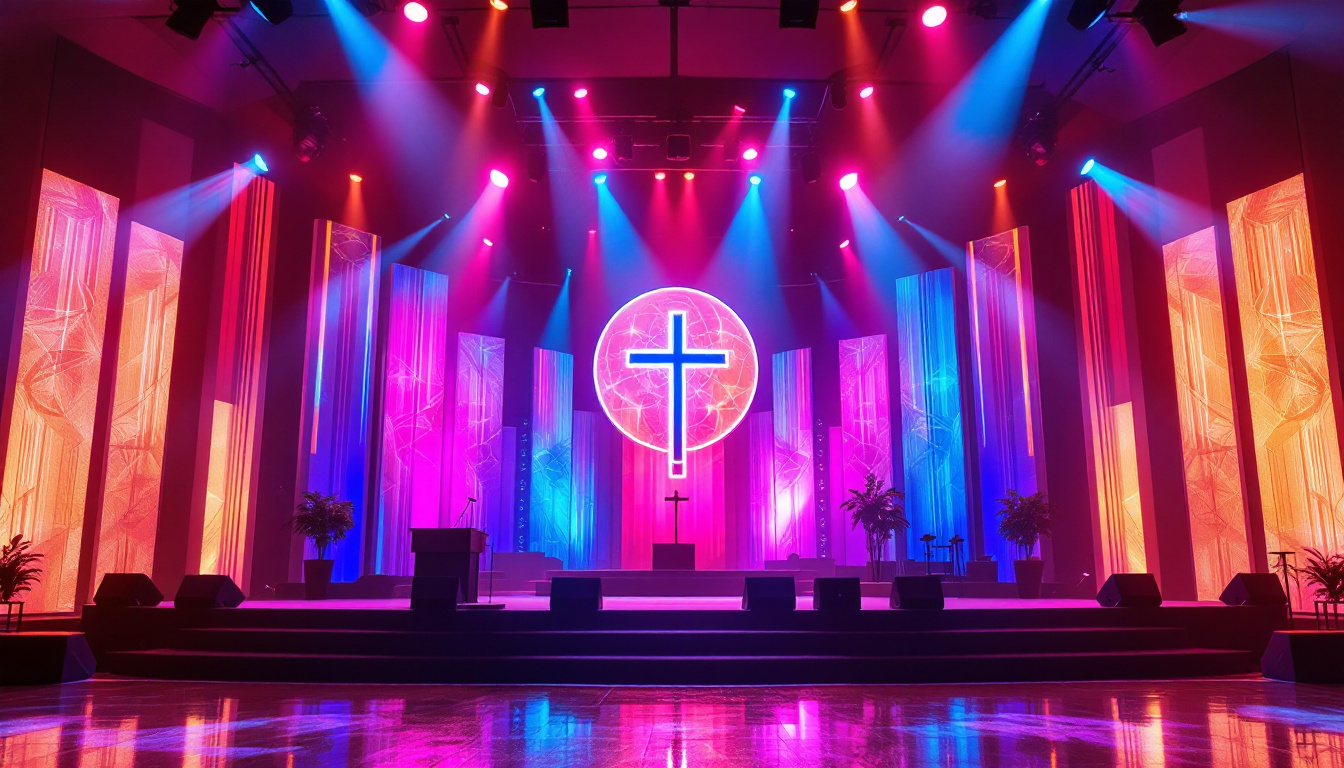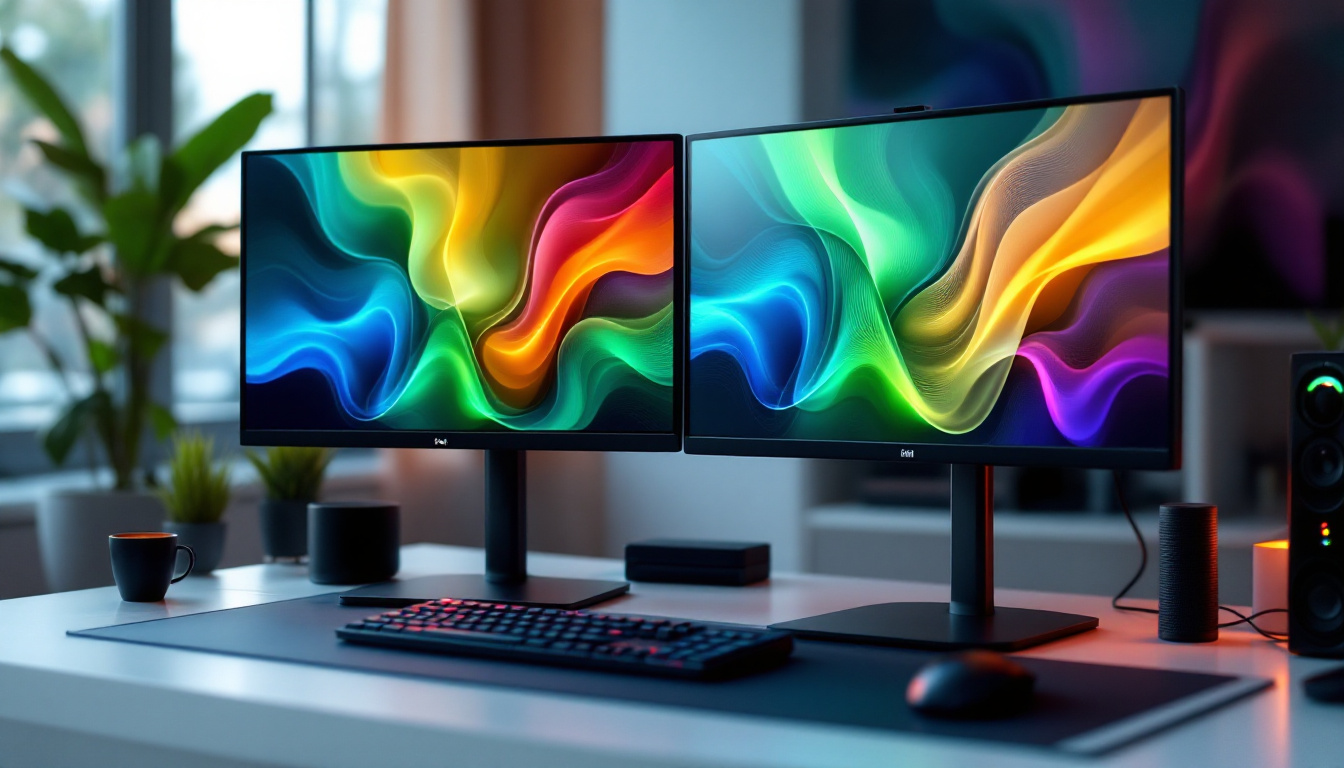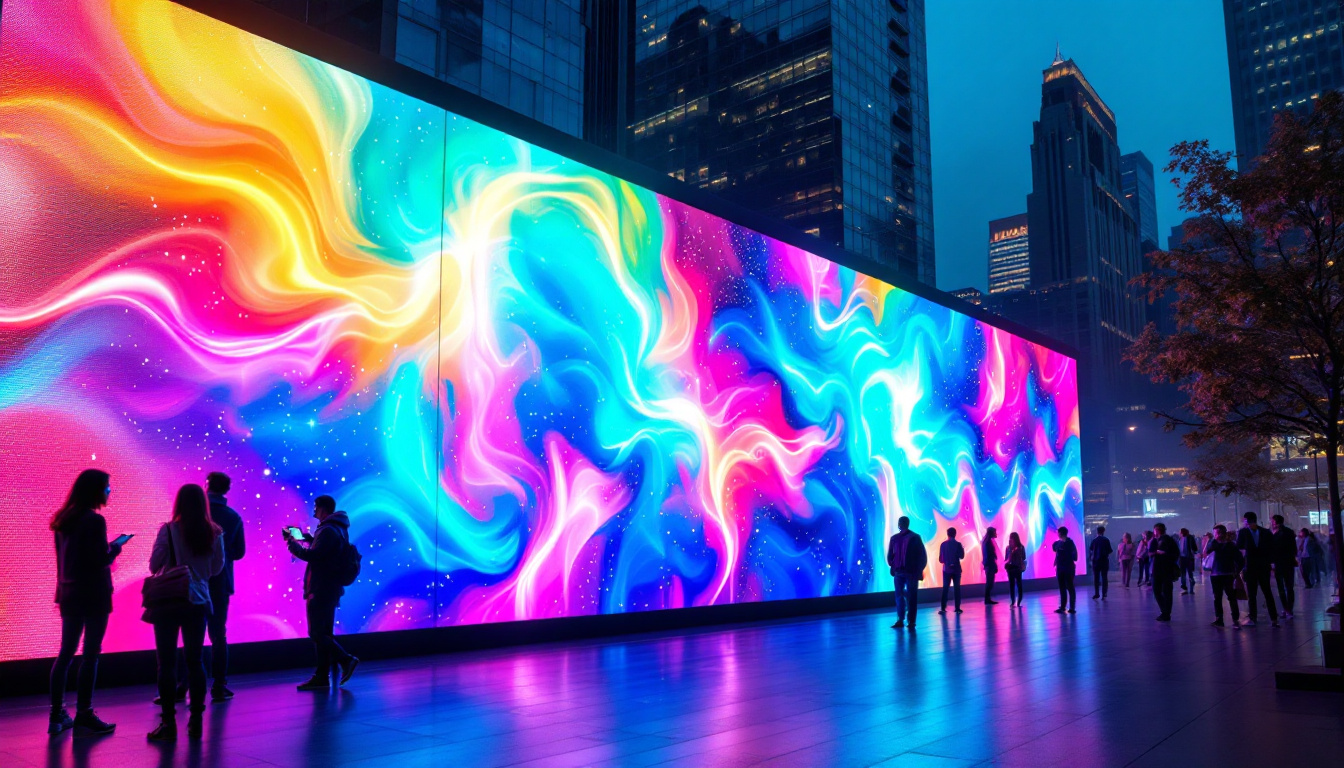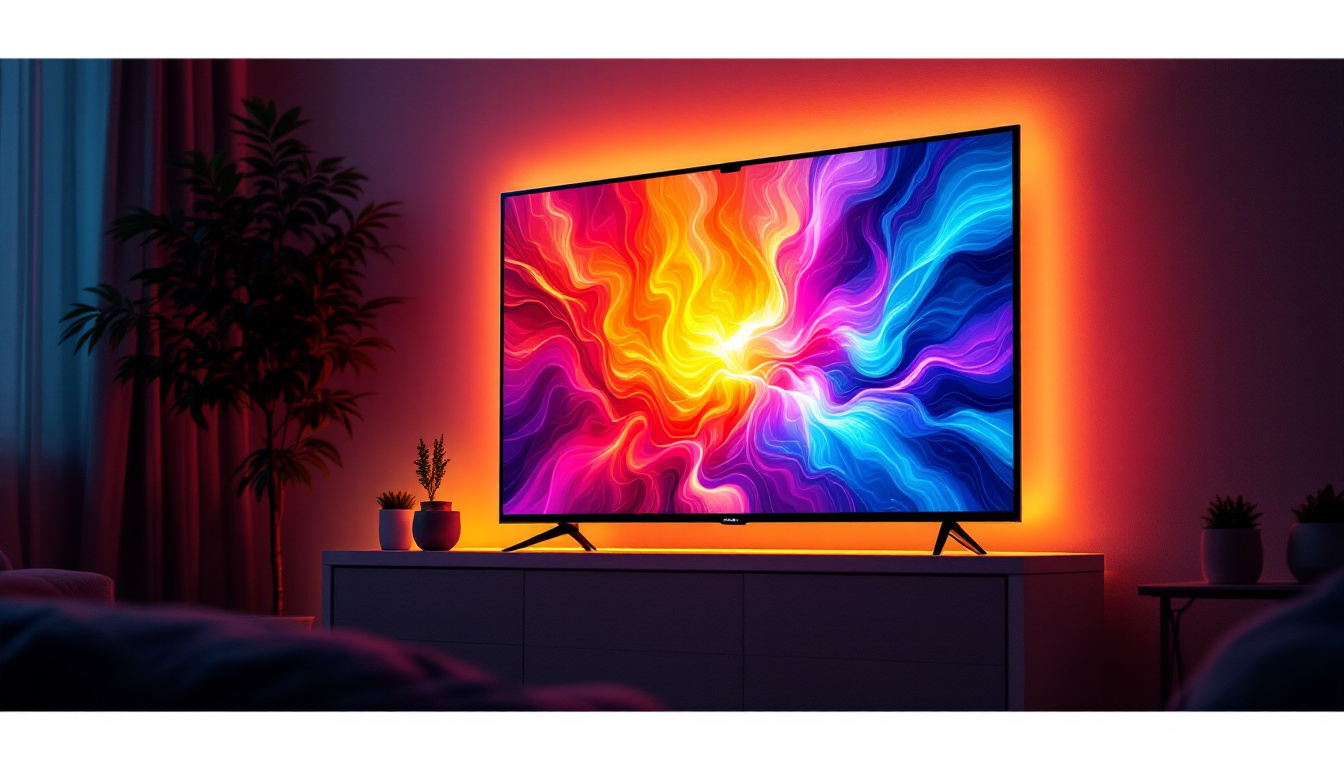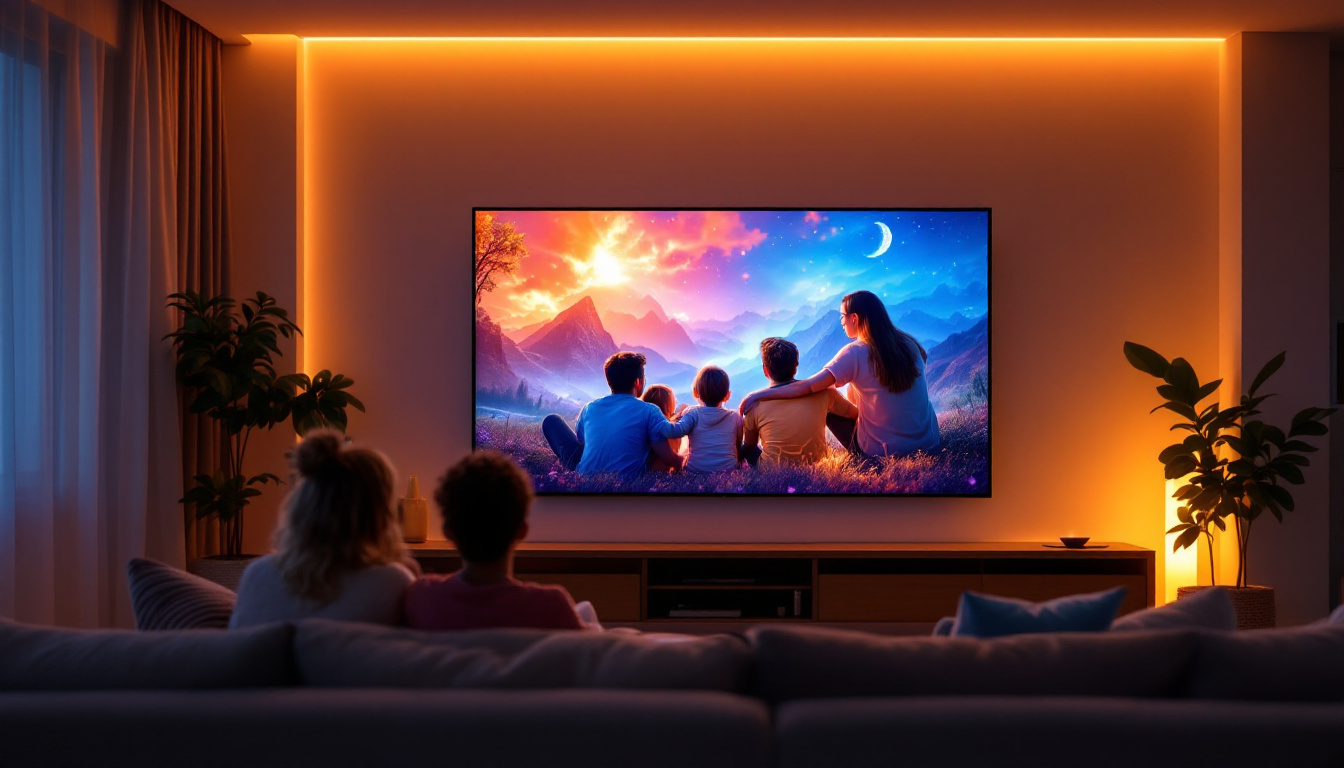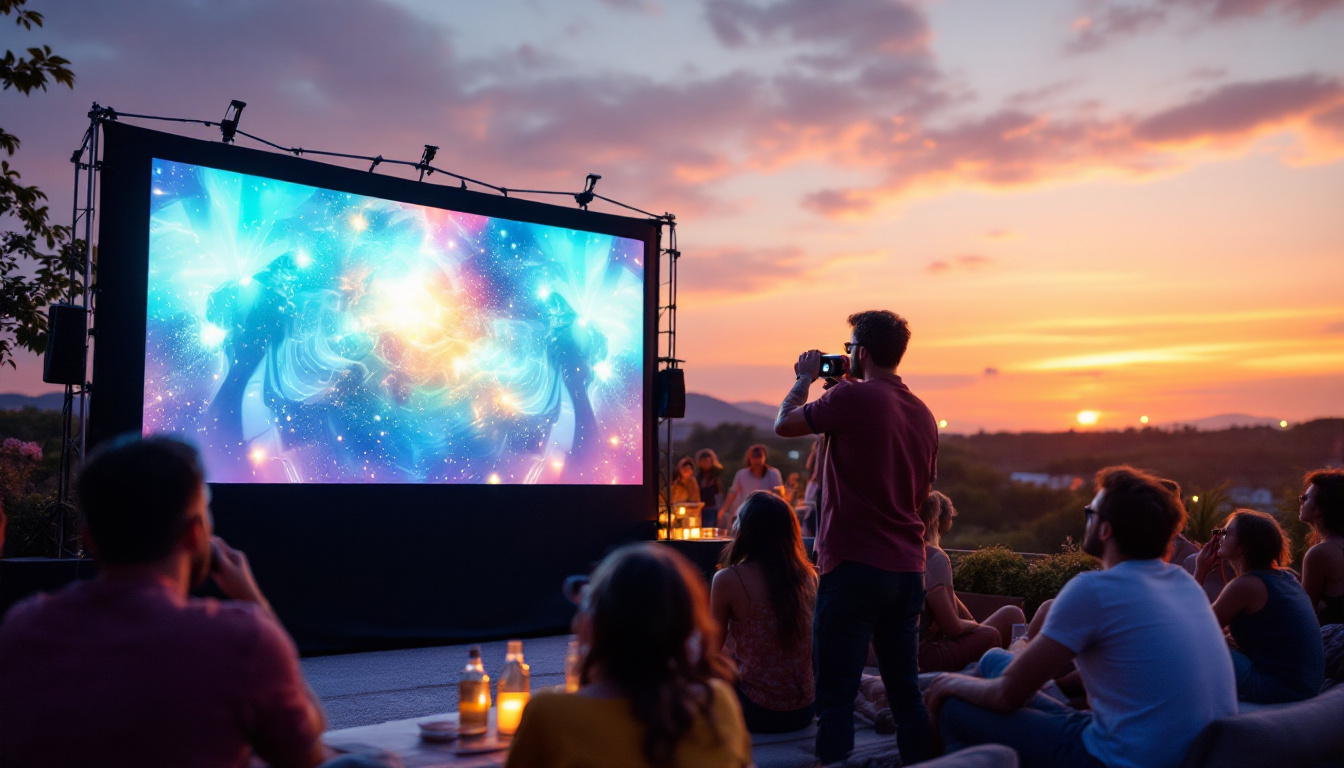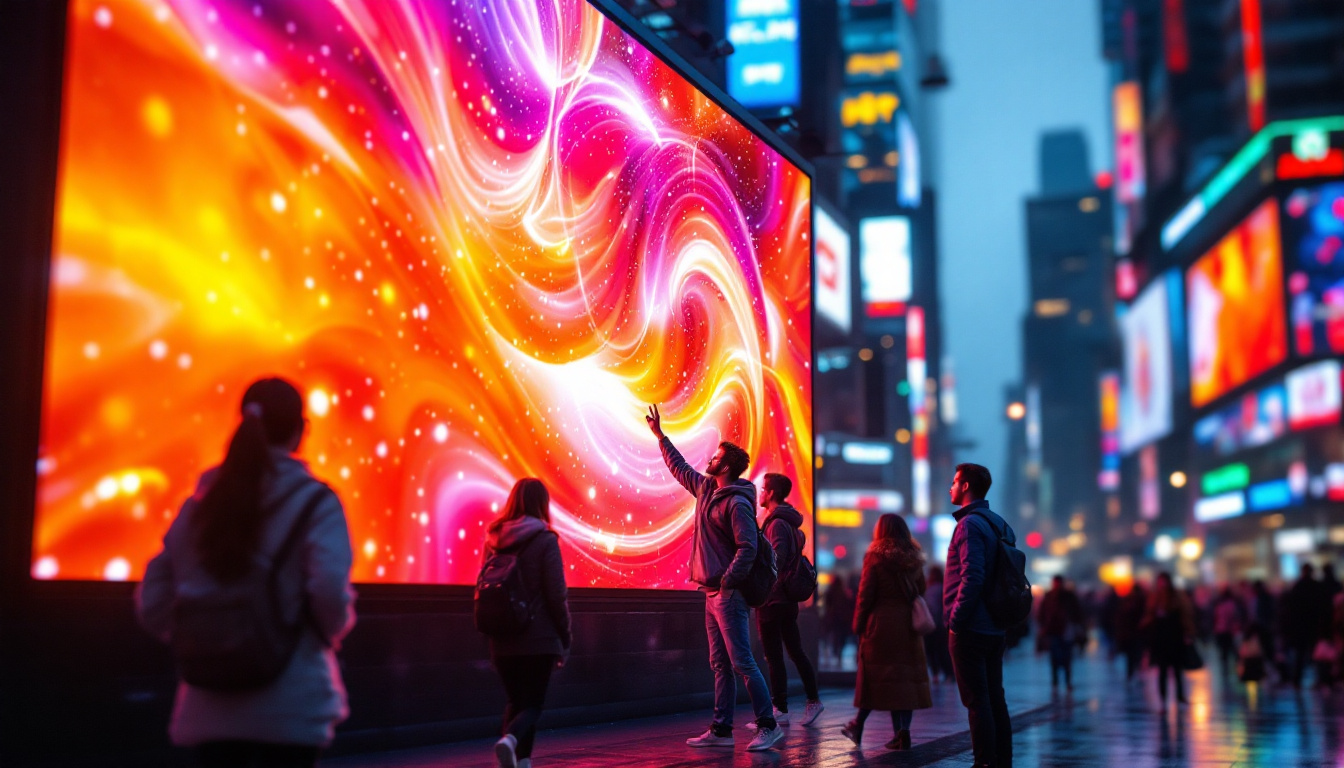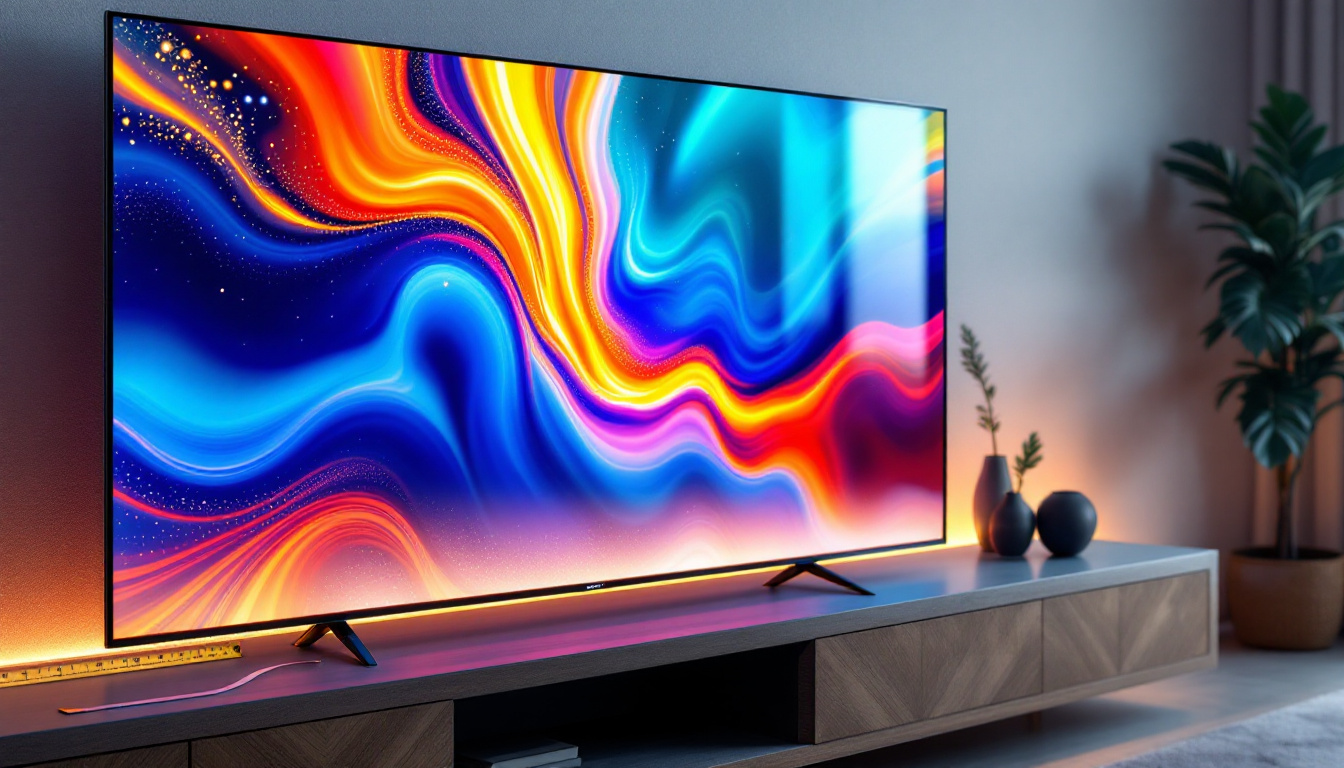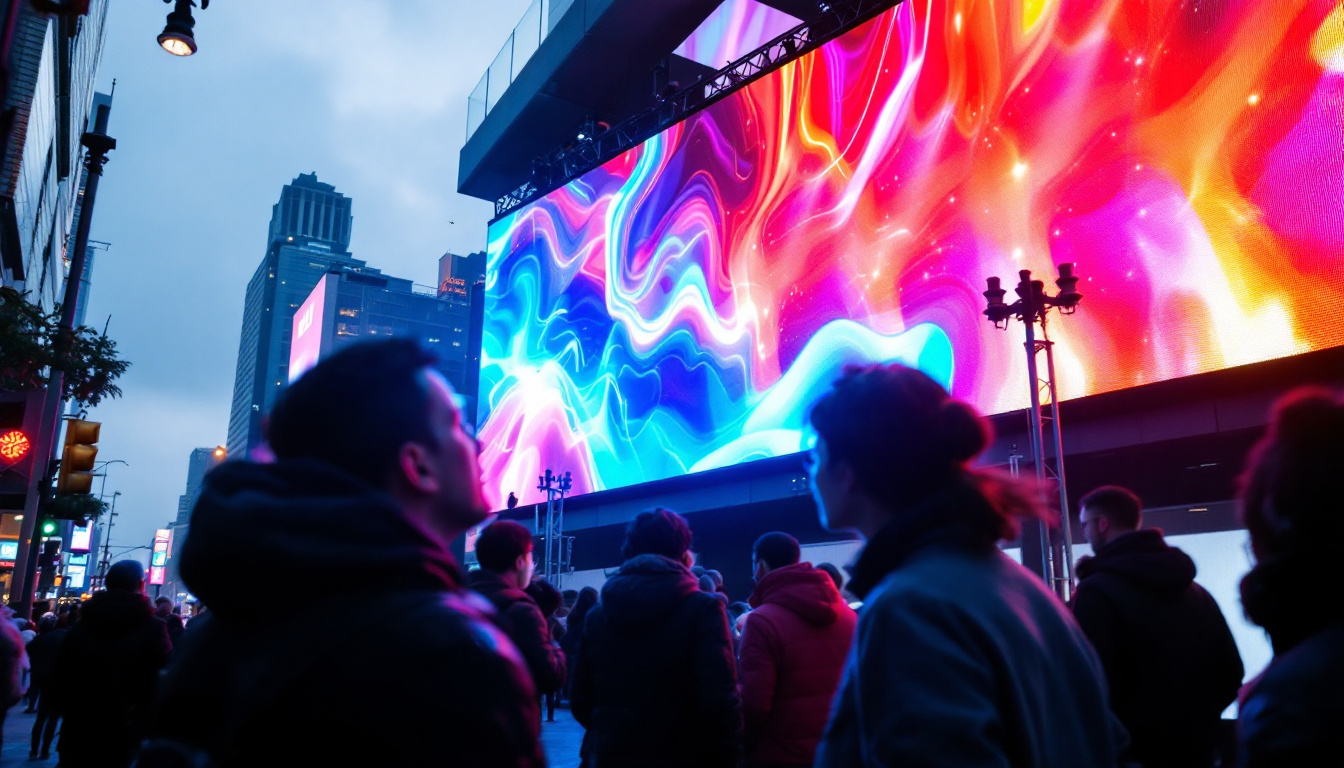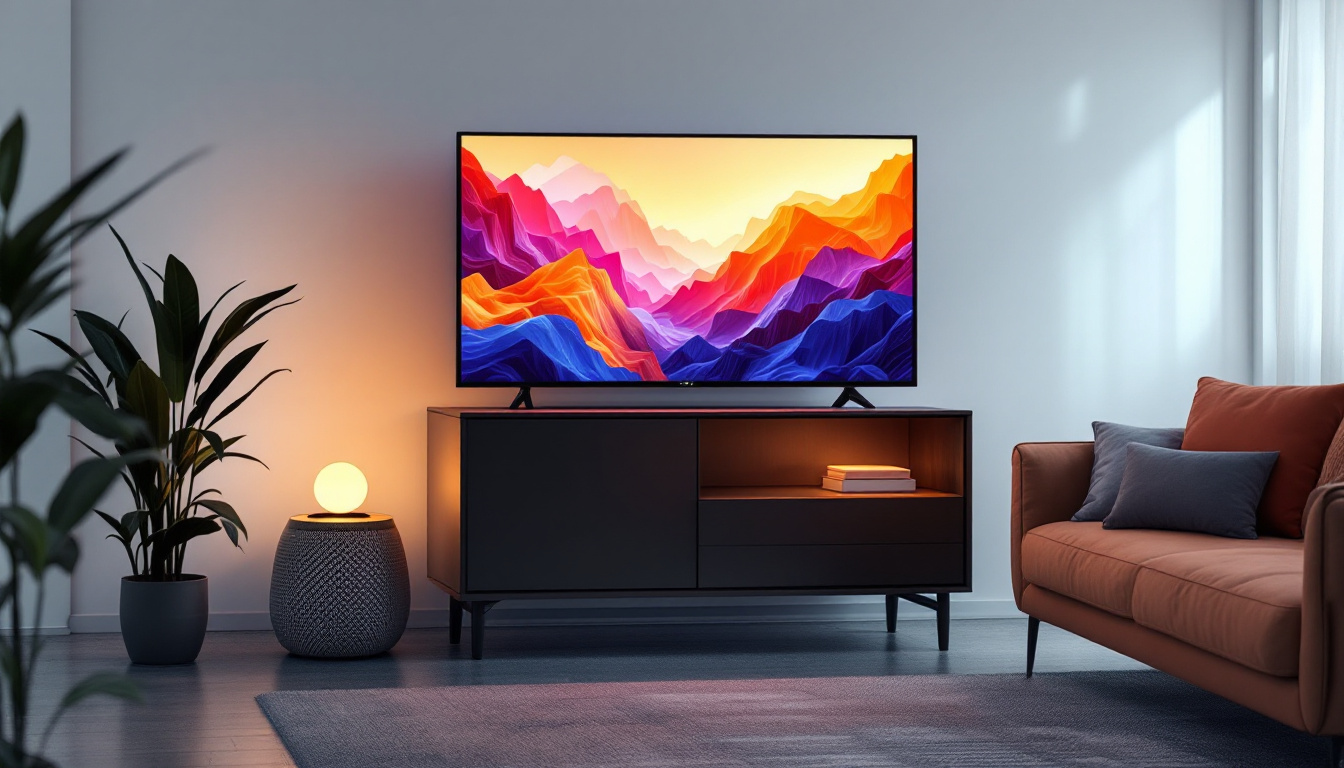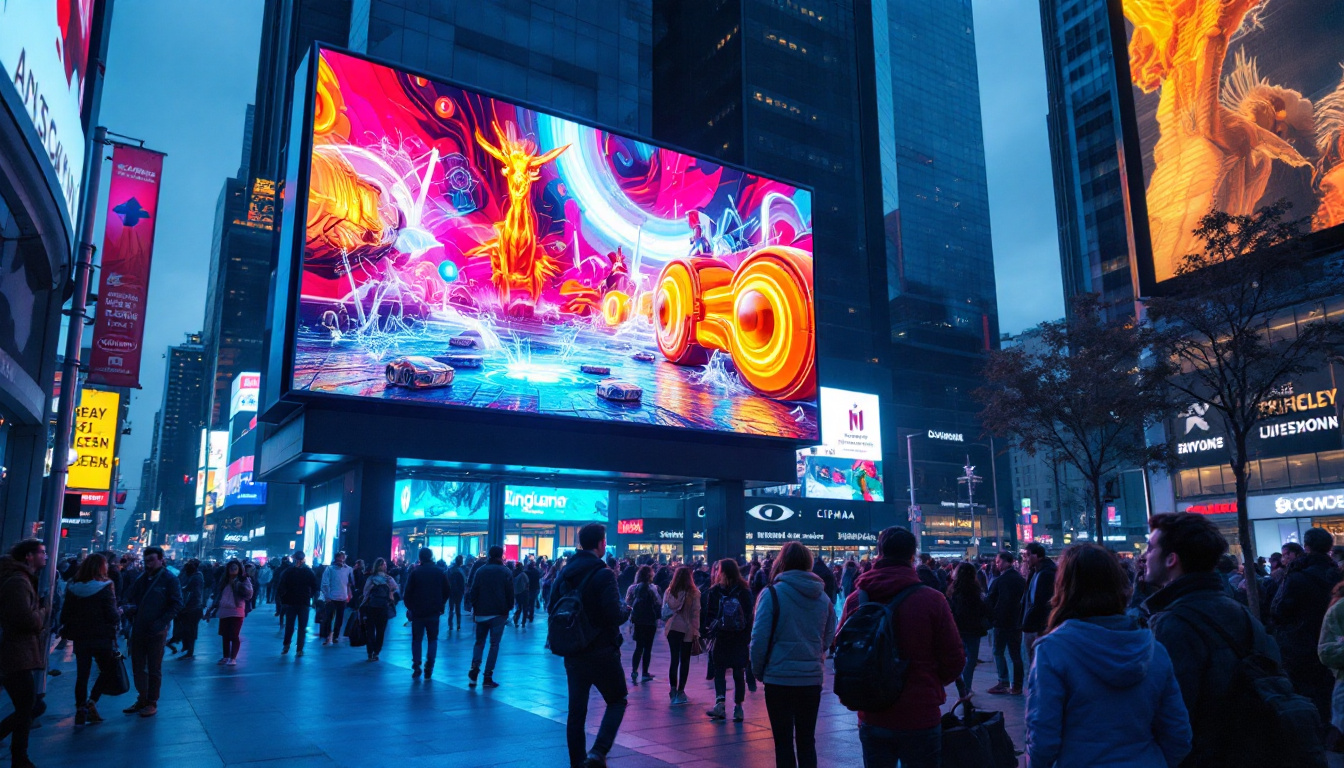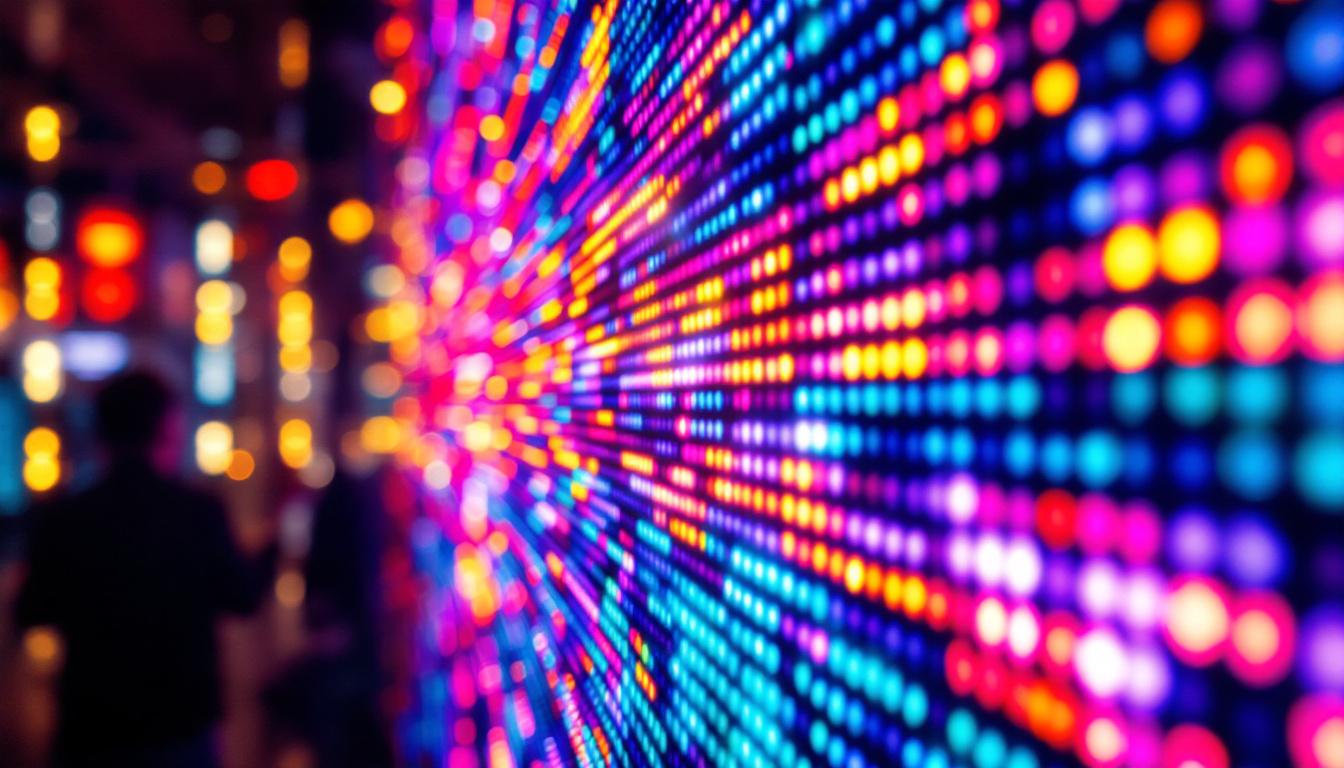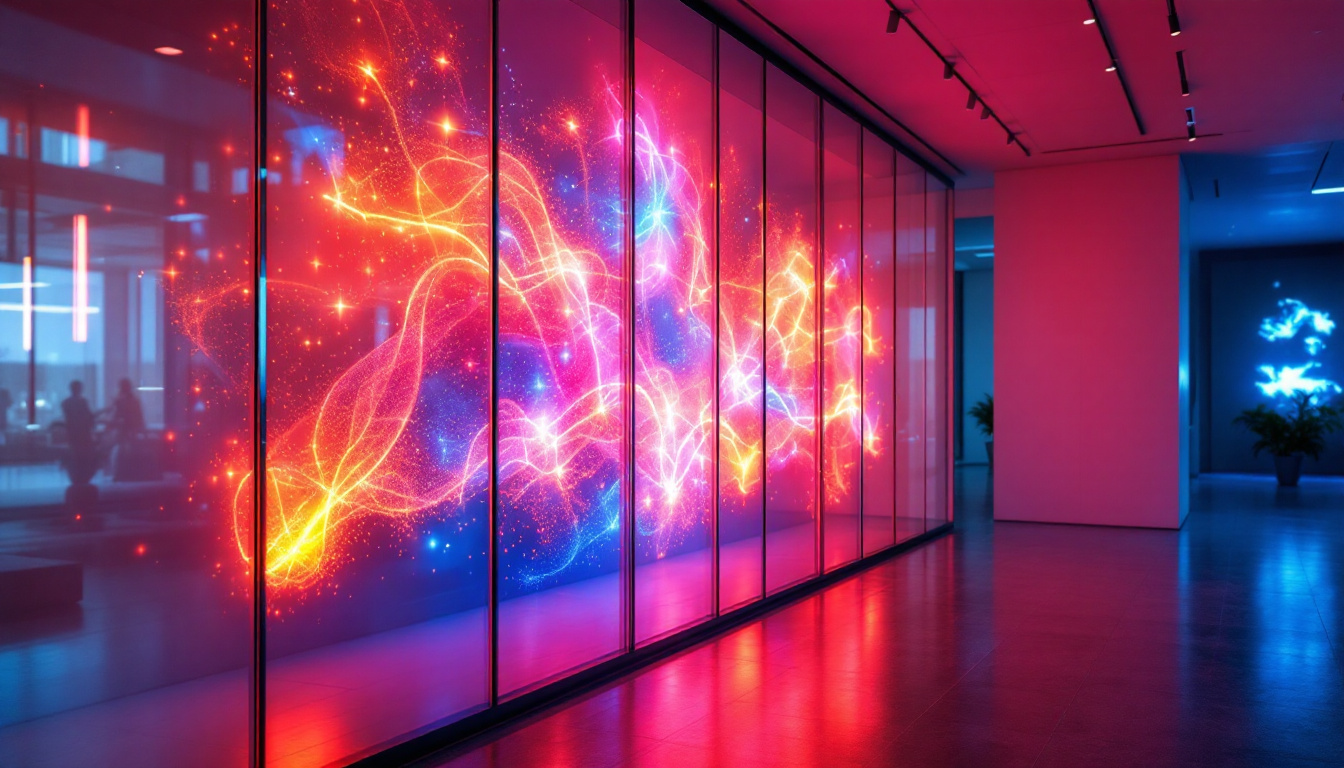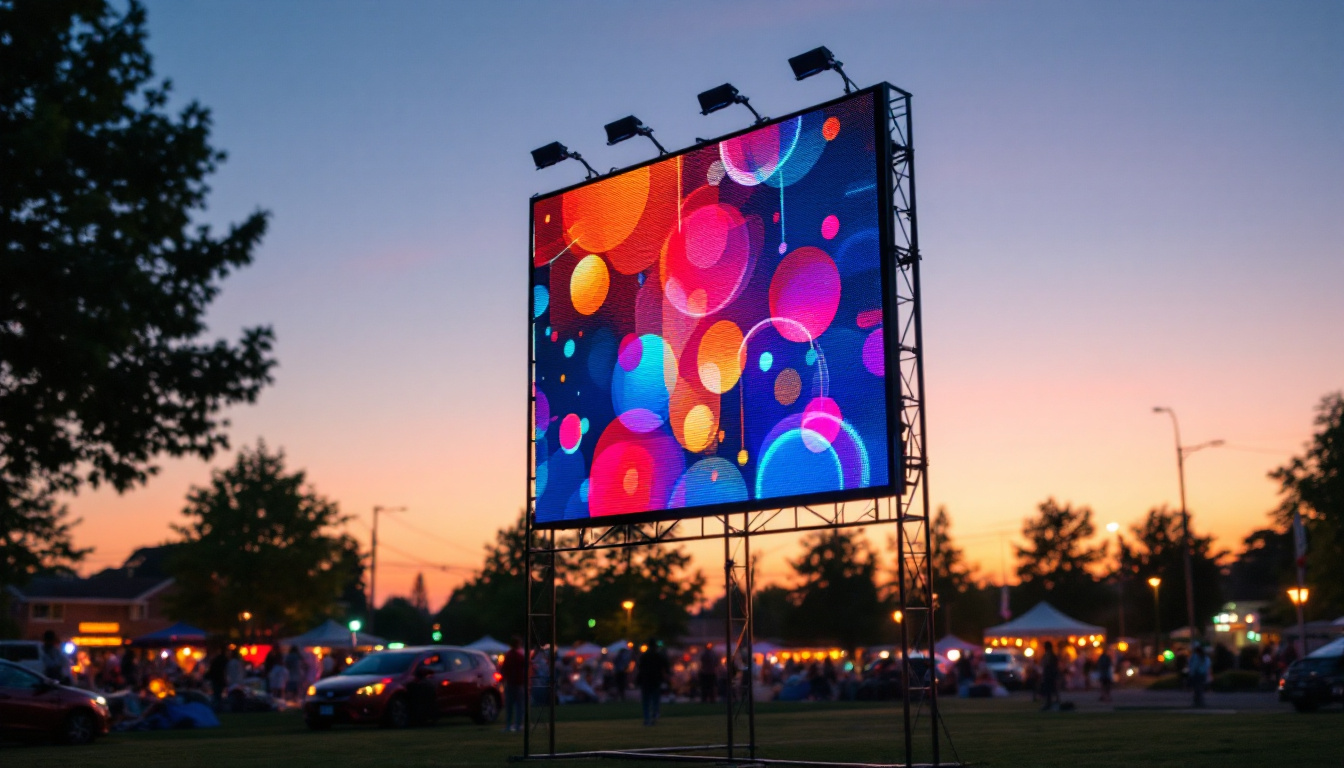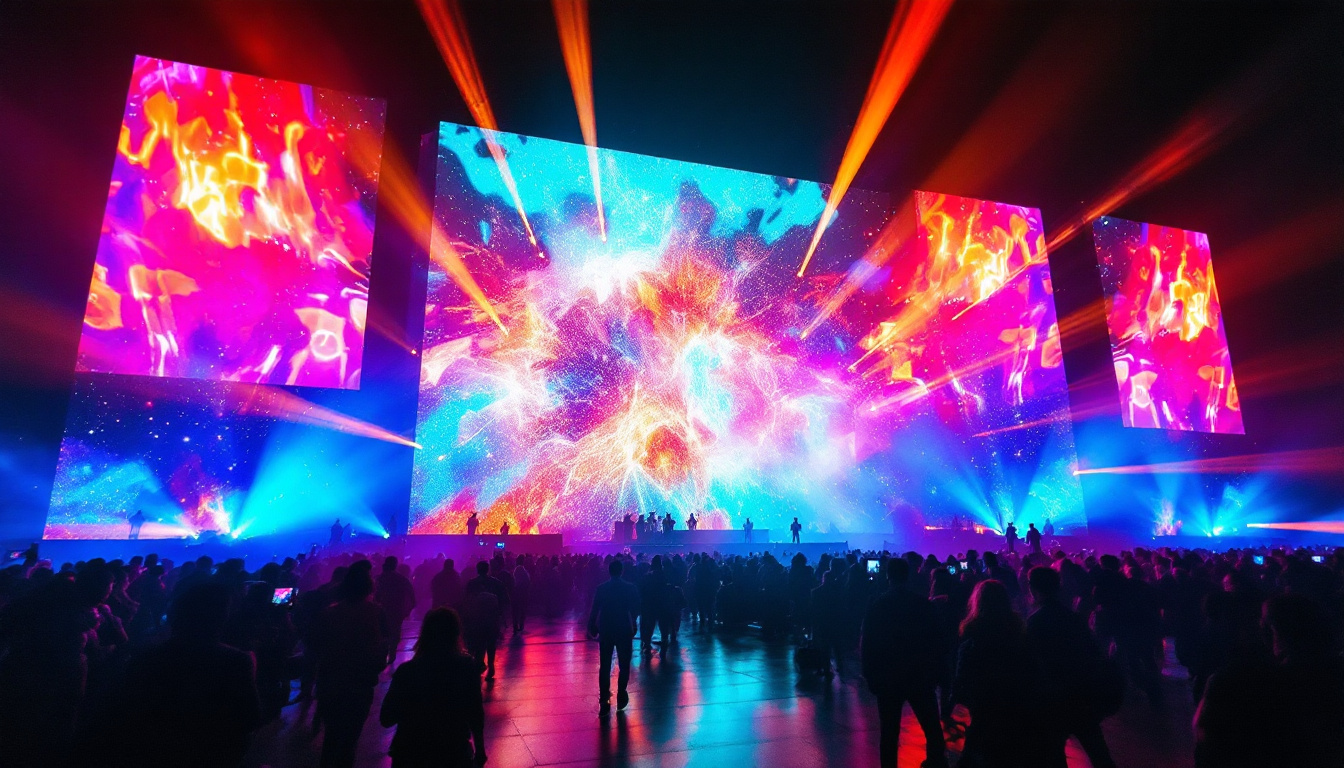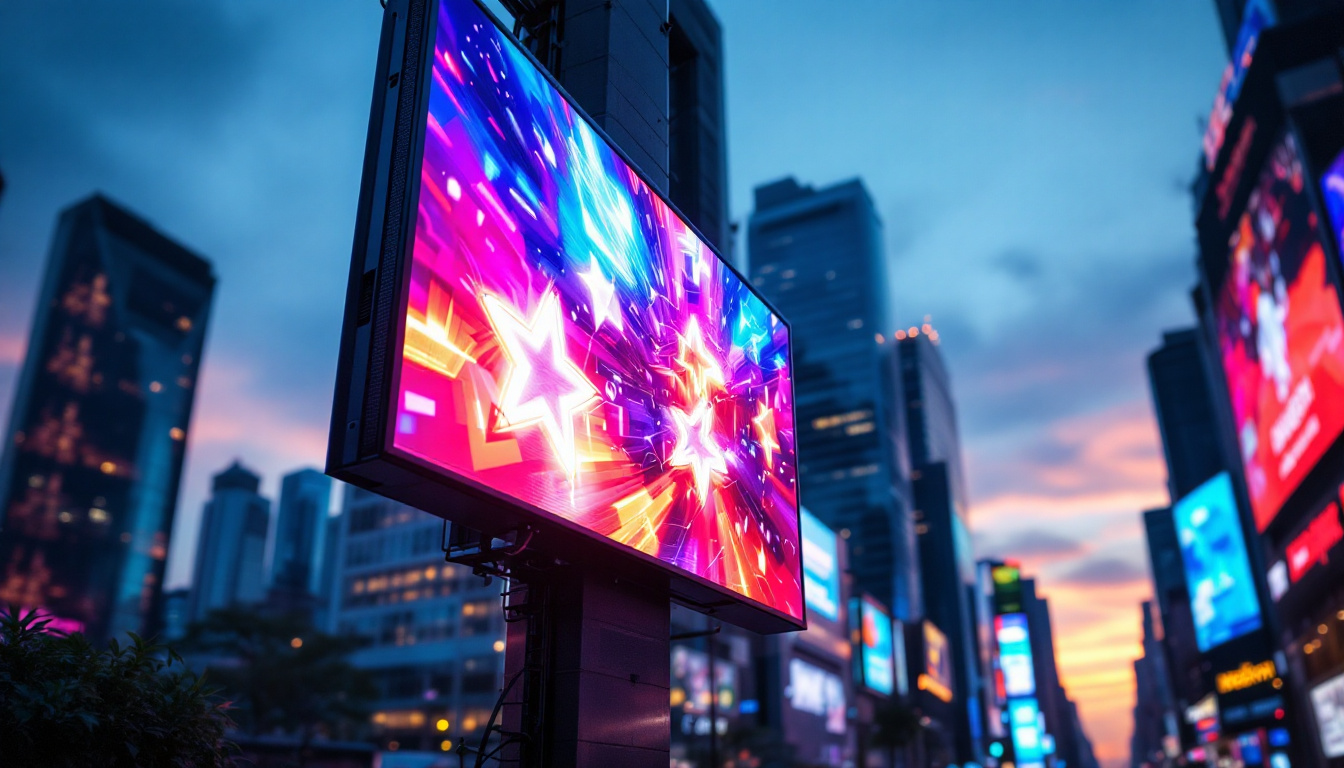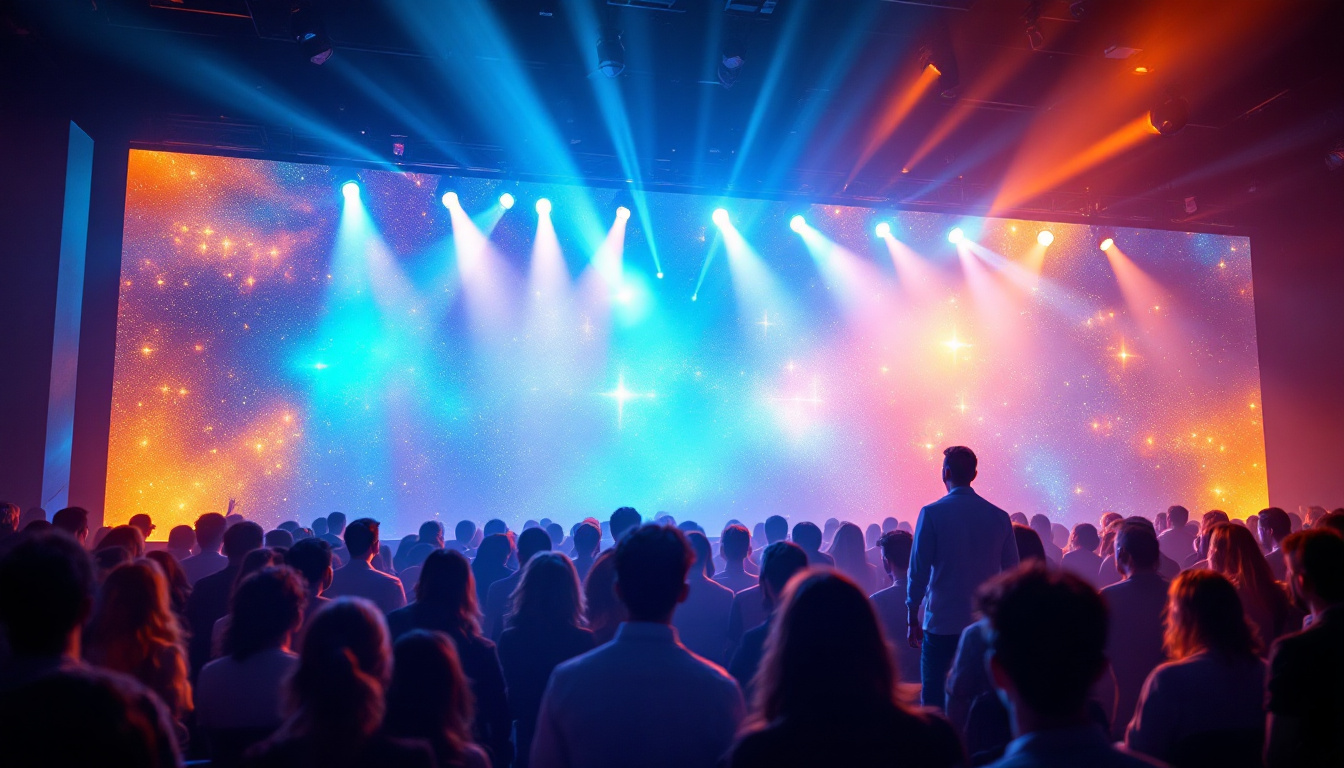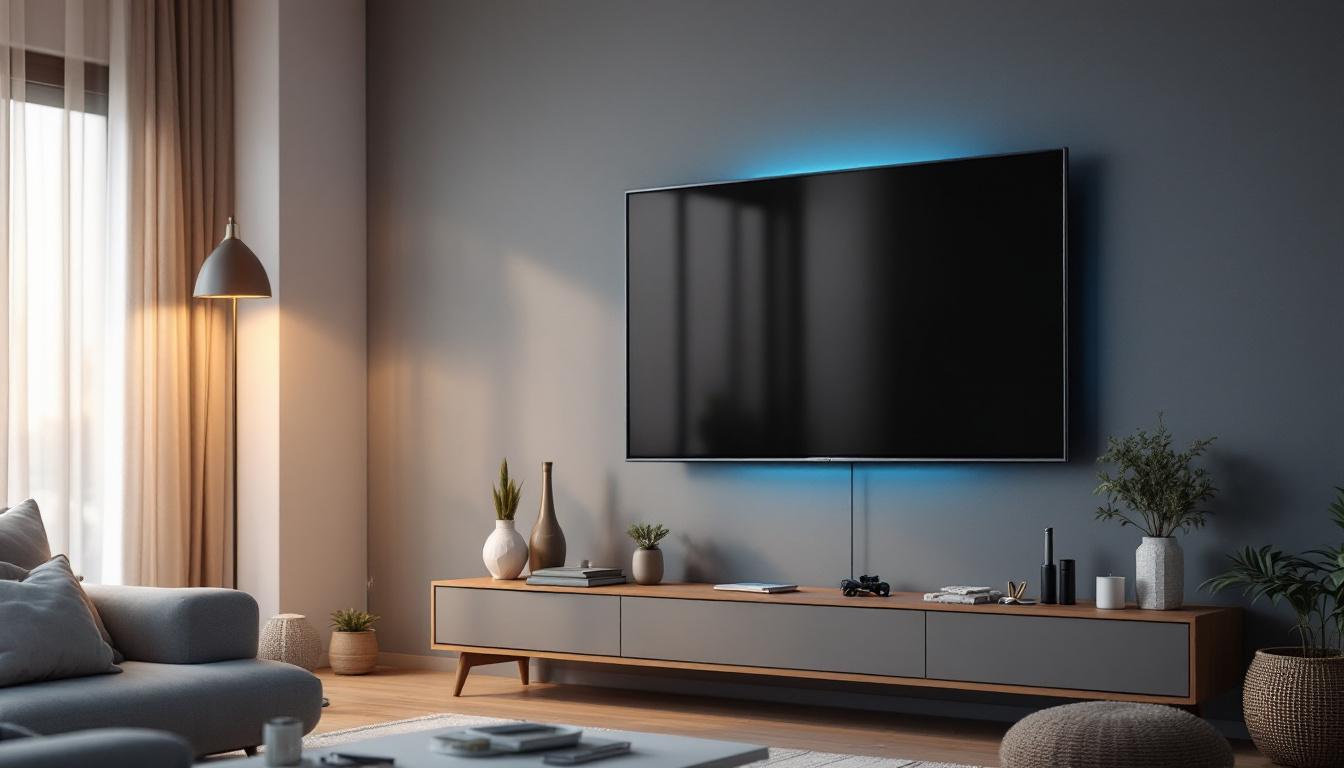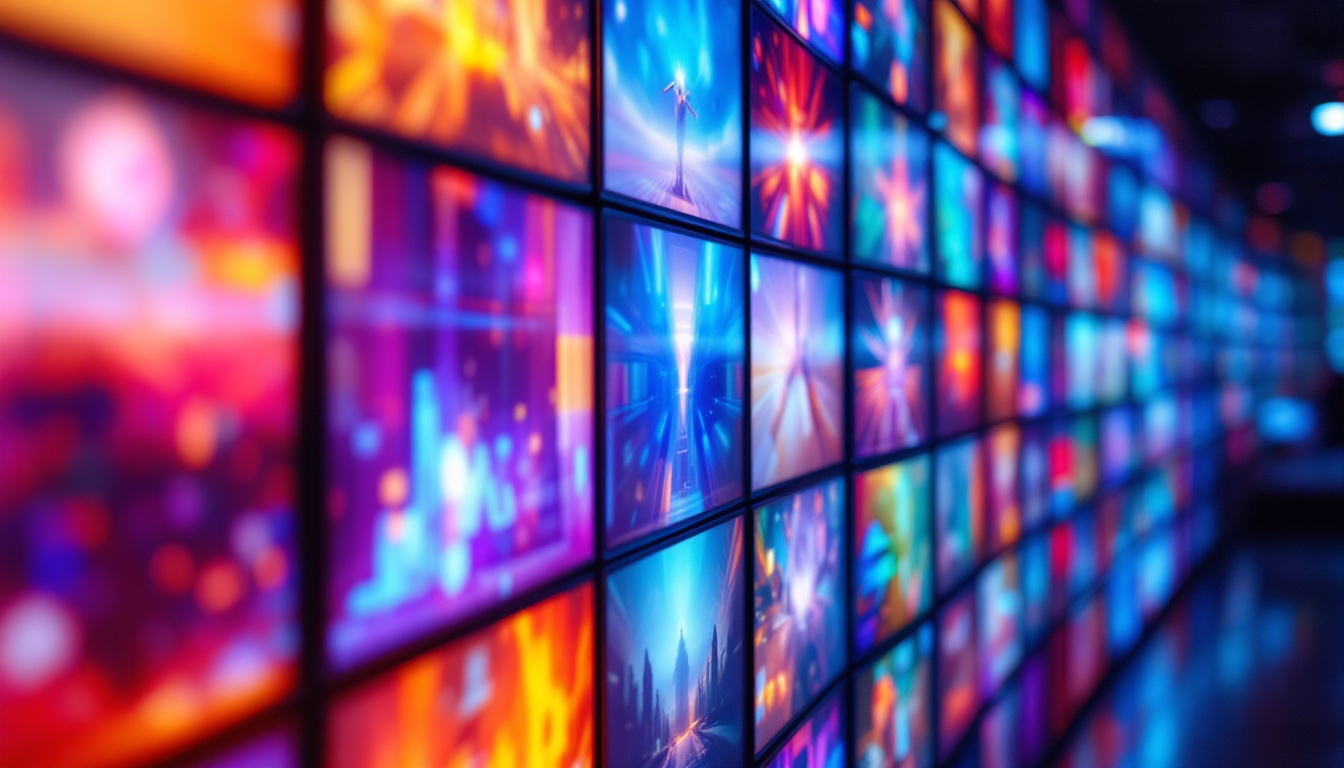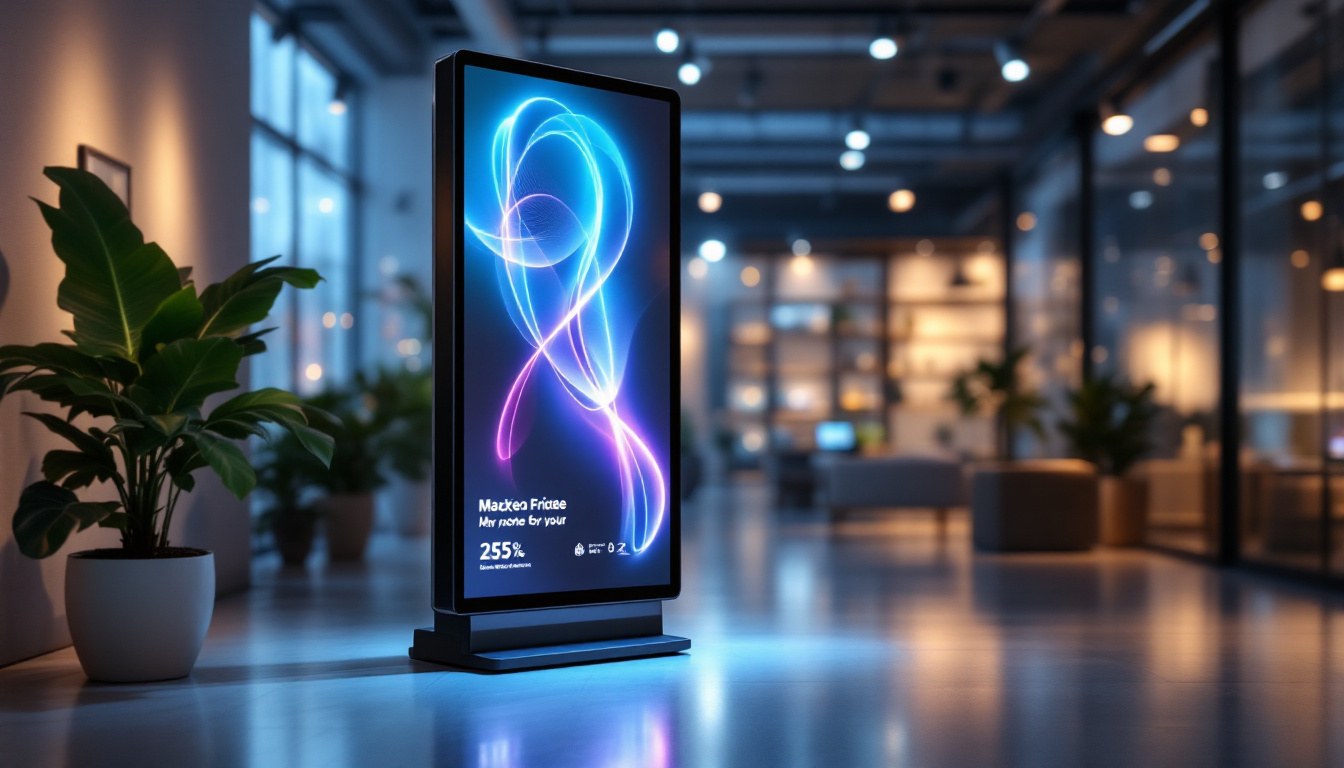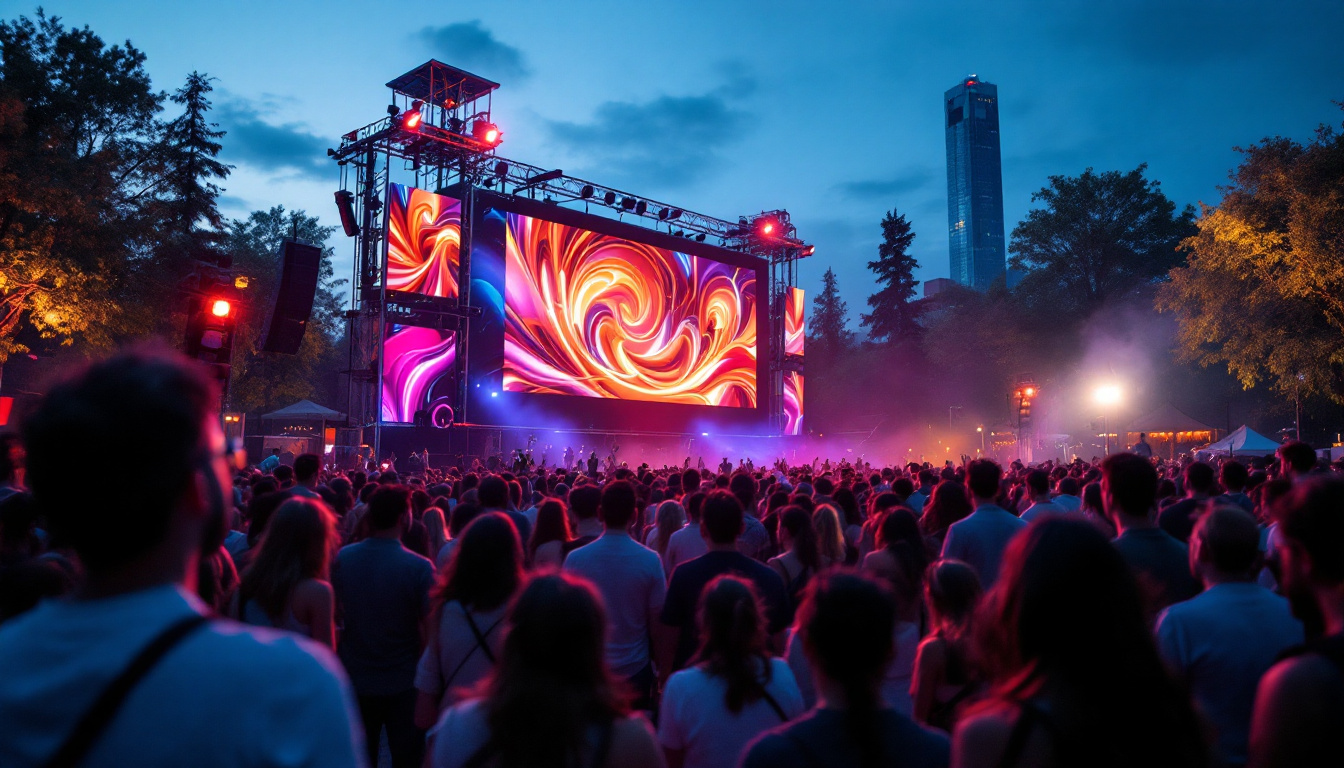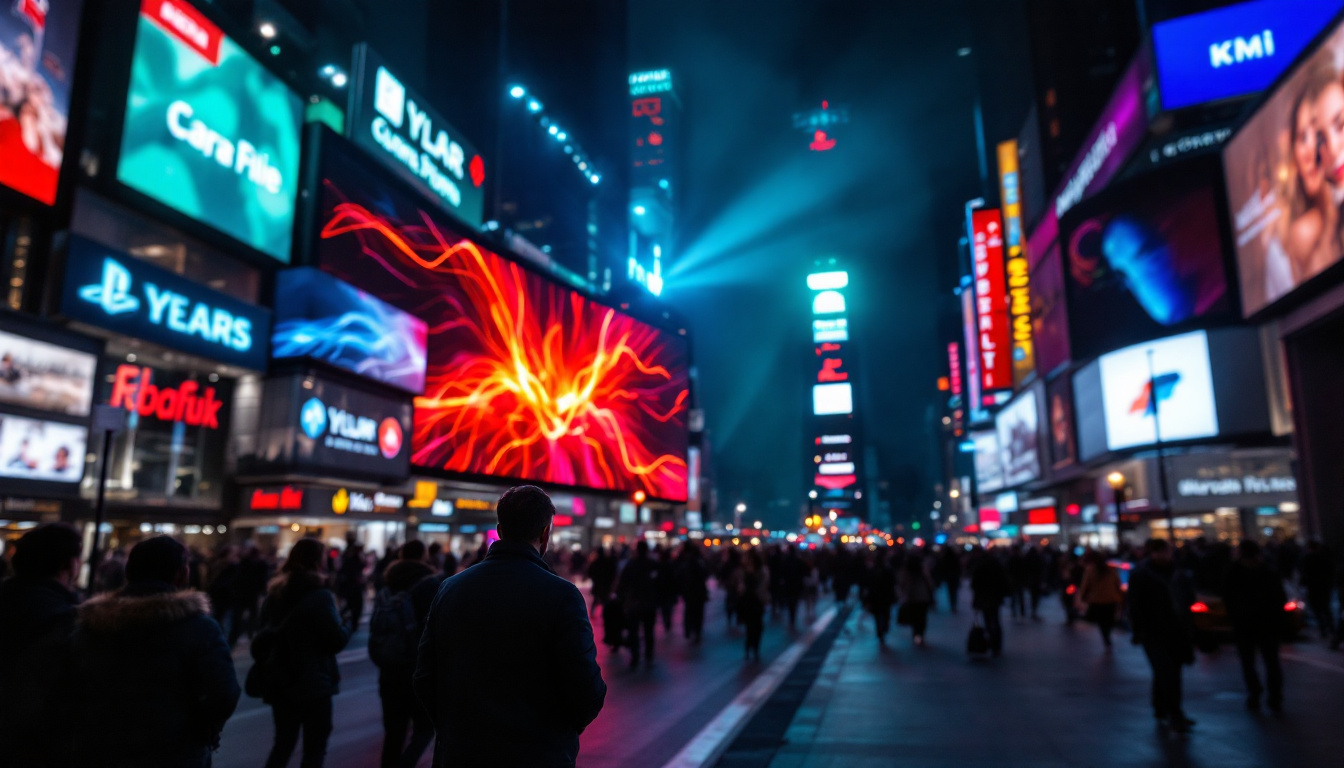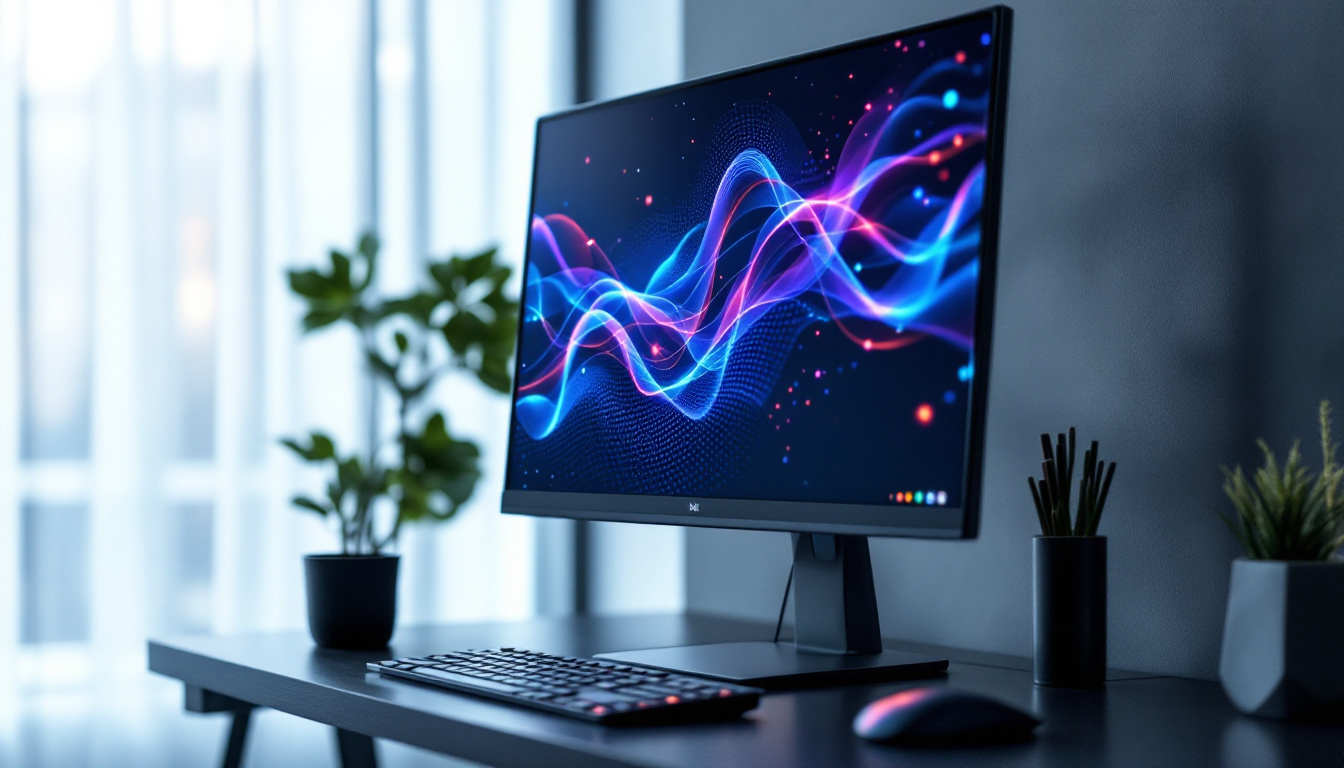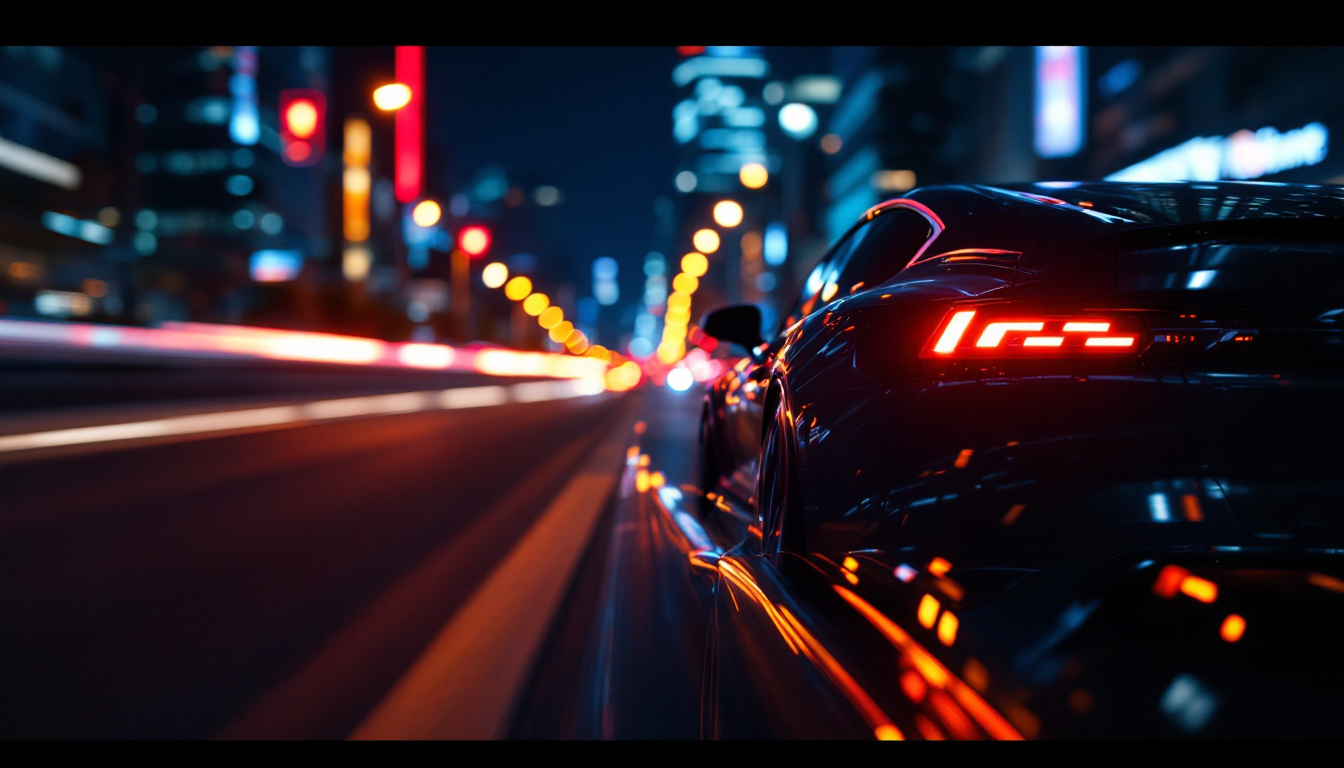In the realm of modern display technology, the SF6 full screen LED display stands out as a remarkable innovation. This advanced display solution has transformed the way information is presented across various industries, from advertising to entertainment. Understanding the intricacies of SF6 LED displays not only enhances appreciation for the technology but also aids in making informed decisions for application in diverse settings.
What is an SF6 Full Screen LED Display?
The SF6 full screen LED display is a type of digital display that utilizes light-emitting diodes (LEDs) to produce vibrant images and videos. Unlike traditional displays, SF6 technology offers superior brightness, contrast, and energy efficiency. These displays are designed to be viewed from a distance, making them ideal for large venues such as stadiums, shopping malls, and concert halls.
Key Features of SF6 LED Displays
One of the most notable features of SF6 LED displays is their high resolution. This allows for crisp and clear visuals, even when viewed from afar. Additionally, SF6 displays are known for their ability to produce a wide range of colors, providing a more immersive viewing experience. The technology also incorporates advanced thermal management systems, ensuring that the displays operate efficiently without overheating.
Another significant aspect of SF6 LED displays is their durability. Built to withstand harsh environmental conditions, these displays are often waterproof and dustproof, making them suitable for both indoor and outdoor installations. This resilience ensures that the displays maintain their performance over time, even in challenging settings. Furthermore, the materials used in the construction of SF6 displays are often resistant to UV radiation, which helps prevent color fading and degradation, ensuring that the visuals remain vibrant and engaging for extended periods.
Applications of SF6 LED Displays
SF6 full screen LED displays are versatile and can be employed in various applications. In the advertising sector, they serve as dynamic billboards that capture the attention of passersby with engaging content. In the entertainment industry, these displays are commonly used for concerts, festivals, and sporting events, providing audiences with a visually stunning experience. The ability to synchronize multiple displays also allows for creative visual effects that enhance the overall atmosphere of large events.
Moreover, SF6 displays are increasingly being utilized in corporate environments for presentations and information dissemination. Their ability to display high-quality visuals makes them an excellent choice for trade shows, conferences, and other professional gatherings. In addition to their use in corporate settings, educational institutions are beginning to adopt SF6 displays for interactive learning experiences, allowing for real-time engagement and collaboration among students and teachers. This adaptability across various sectors highlights the growing importance of SF6 technology in modern communication and entertainment strategies.
How SF6 LED Displays Work
The operation of SF6 LED displays is rooted in the principles of LED technology. Each display consists of a matrix of tiny LEDs that emit light when an electric current passes through them. These LEDs are arranged in clusters, with each cluster representing a pixel on the screen. By controlling the intensity of each LED, the display can create a wide array of colors and images. The brightness and vibrancy of the colors produced by SF6 displays are particularly notable, as they can reach high levels of luminance, making them suitable for both indoor and outdoor environments.
Pixel Configuration and Resolution
Pixel configuration is a critical factor in determining the quality of an SF6 LED display. The resolution is typically expressed in terms of pixel pitch, which refers to the distance between the centers of two adjacent pixels. A smaller pixel pitch results in higher resolution and sharper images, making it essential for applications where detail is paramount. This is especially true in settings such as retail environments, where high-definition visuals can significantly enhance customer engagement and product visibility.
For instance, an SF6 display with a pixel pitch of 2.5mm will provide a clearer image than one with a pitch of 10mm, especially when viewed up close. This makes understanding pixel configuration vital for selecting the right display for specific needs. Furthermore, advancements in manufacturing technology have led to the development of ultra-fine pitch displays, which can achieve resolutions comparable to traditional LCD screens, thus expanding the versatility of SF6 displays across various industries, including broadcasting and live events.
Control Systems and Software
Controlling an SF6 LED display requires sophisticated software that manages the content displayed on the screen. This software allows users to upload images, videos, and animations, and schedule when and how they are shown. Many systems also offer real-time editing capabilities, enabling operators to make adjustments on the fly. This flexibility is crucial for dynamic environments like sports arenas or concert venues, where content may need to be altered rapidly to respond to live events.
Additionally, some advanced control systems incorporate cloud-based solutions, allowing for remote management of multiple displays from a single location. This feature is particularly beneficial for businesses that operate numerous displays across different sites. Moreover, these cloud-based systems often come equipped with analytics tools that provide insights into viewer engagement and display performance, enabling users to optimize their content strategy and maximize the effectiveness of their advertising campaigns. Such capabilities are transforming how businesses interact with their audiences, making SF6 LED displays not just a visual tool, but a strategic asset in digital marketing and communication efforts.
Advantages of SF6 Full Screen LED Displays
The advantages of SF6 full screen LED displays are numerous, contributing to their growing popularity across various sectors. One of the primary benefits is their energy efficiency. Compared to traditional lighting technologies, LEDs consume significantly less power, leading to reduced operational costs over time.
Enhanced Visibility and Engagement
Another key advantage is the enhanced visibility provided by SF6 displays. Their high brightness levels ensure that content remains visible even in bright sunlight, making them ideal for outdoor applications. This visibility translates to increased engagement, as vibrant and dynamic content can capture and hold the attention of viewers more effectively than static displays.
Moreover, the ability to change content quickly and easily allows businesses to adapt their messaging based on current events, promotions, or audience demographics. This flexibility is a significant asset in today’s fast-paced marketing environment.
Cost-Effectiveness Over Time
While the initial investment in SF6 LED displays may be higher than traditional display technologies, the long-term savings can be substantial. The durability and low maintenance requirements of LED technology mean that replacements and repairs are infrequent. Additionally, the energy savings contribute to a lower total cost of ownership, making SF6 displays a wise investment for many organizations.
Challenges and Considerations
Despite their many advantages, SF6 full screen LED displays are not without challenges. One of the primary concerns is the upfront cost, which can be a barrier for smaller businesses or organizations with limited budgets. However, understanding the long-term benefits can help justify this initial investment.
Installation and Maintenance
Installation of SF6 displays can also be complex, requiring specialized knowledge and expertise. Proper installation is crucial to ensure optimal performance and longevity. Additionally, while LED technology is generally low maintenance, regular cleaning and inspections are necessary to keep the displays functioning at their best.
Organizations must also consider the environmental impact of LED displays. While they are more energy-efficient than traditional displays, the production and disposal of electronic components can have ecological consequences. It is essential to choose manufacturers that prioritize sustainable practices in their production processes.
Technological Advancements
The field of LED display technology is constantly evolving, with new advancements emerging regularly. Staying informed about the latest developments is crucial for organizations looking to invest in SF6 displays. Innovations such as improved color accuracy, higher refresh rates, and enhanced connectivity options can significantly impact the effectiveness of these displays.
Future Trends in LED Display Technology
The future of SF6 full screen LED displays looks promising, with several trends expected to shape the industry in the coming years. One of the most significant trends is the integration of artificial intelligence (AI) into display technology. AI can enhance content personalization, enabling displays to adapt messaging based on audience behavior and preferences.
Smart Displays and Connectivity
Another trend is the rise of smart displays that incorporate IoT (Internet of Things) technology. These displays can connect to the internet and other devices, allowing for real-time data integration and dynamic content updates. This connectivity can enhance user engagement and provide valuable insights into audience interactions.
Furthermore, advancements in display resolution and pixel density will continue to improve the visual quality of SF6 displays. As technology progresses, the potential for even more immersive and engaging experiences will expand, allowing for creative applications that were previously unimaginable.
Eco-Friendly Innovations
As sustainability becomes a more pressing concern, the LED display industry is also moving towards eco-friendly innovations. Manufacturers are exploring ways to reduce the environmental impact of production and disposal processes. This includes using recyclable materials and developing energy-efficient components that minimize waste.
In conclusion, the SF6 full screen LED display represents a significant advancement in display technology, offering numerous benefits across various applications. While there are challenges to consider, the advantages often outweigh the drawbacks, making these displays a valuable asset for organizations looking to enhance their visual communication. As technology continues to evolve, staying informed about trends and advancements will be essential for maximizing the potential of SF6 LED displays in the future.
Discover LumenMatrix LED Display Solutions
Ready to elevate your visual communication with the latest in LED display technology? Look no further than LumenMatrix, where innovation meets excellence. Our extensive range of LED display modules, including Indoor and Outdoor LED Walls, Vehicle Displays, LED Posters, Sports Displays, and more, are designed to create immersive experiences that captivate and engage. Embrace the future of digital signage with LumenMatrix and transform how your audience connects with your brand. Check out LumenMatrix LED Display Solutions today and bring your message to life with unparalleled clarity and impact.

